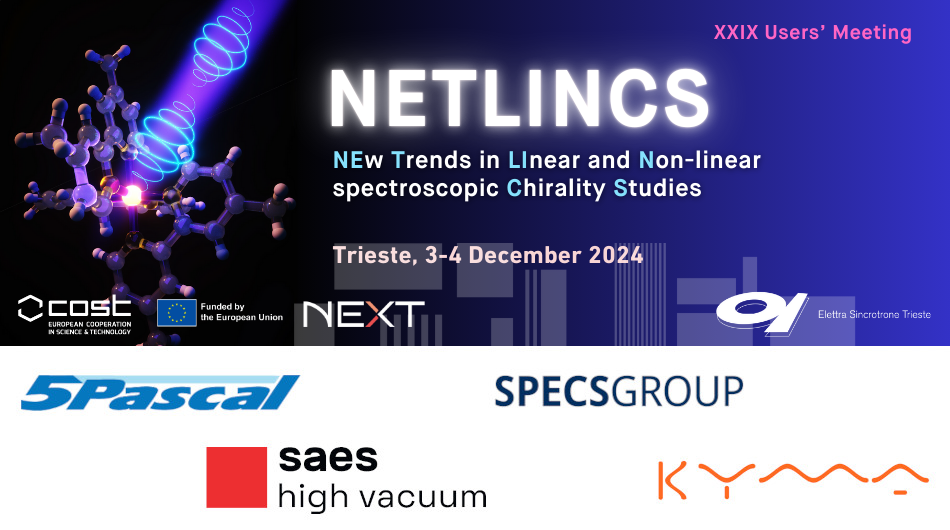www.ir.ETHz.CH
Molecular quantum dynamics, the primary processes of molecules in motion, provide the foundation of all chemical processes, covering combustion as an early and still today important use of chemistry by mankind, the chemistry of planetary atmospheres and of interstellar space, of large scale industrial syntheses, catalysis, and also of the microscopic biomolecular processes in...
Within a bottom/up approach of molecular complexity, the study of isolated, substrate- and solvent-free chiral species is crucial, but classical chiroptical probes such as Circular Dichroism (CD) in absorption are poorly adapted to dilute matter because of their very weak associated asymmetries.
At the opposite, two decades ago was introduced a new chiroptical effect called Photoelectron...
PhotoElectron Circular Dichroism (PECD) is an effect driven by electric dipole interactions between an ensemble of chiral molecules and ionizing circularly polarized light [1,2]. It results in a preferential emission direction of photoelectrons along the light propagation axis, leading to an asymmetry that can be observed by recording their angular distribution with an electron detector....
A molecule is chiral if it lacks both a plane and a center of symmetry, resulting in two non-superimposable mirror-image forms known as enantiomers. Chirality is crucial in the physical and biological sciences because enantiomers, despite having the same chemical structure, often exhibit different chemical and physical properties when interacting with other chiral entities. While chirality is...

